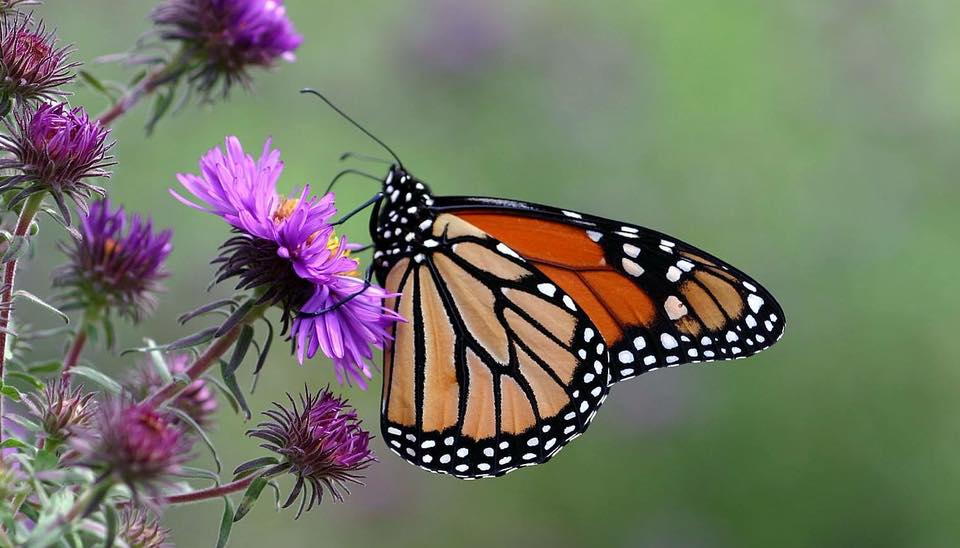In our faith journey, are we “transitioning” or are we “transforming”?
Chuang Tzu once said, “I Chuang Chou once dreamt I was a butterfly. I could fly about from flower to flower, and felt free. Then I awoke, and was unmistakably Chuang Chou. But I did not know if I was a man dreaming about being a butterfly or a butterfly dreaming that I was a man. This is called the transformation of things.”
This famous story is often used to represent the nature of reality, to explore whether what we perceive is real, or is the reality beyond that. “The Matrix” movie is in part based upon this question.
But there is much more to this. When Chuang Tzu summarizes the story, he invokes the term “transformation” — indicating that the story is not just that “we could be dreaming”, and that one of these states is real, and the other not. Indeed, Chuang Tzu is exploring how both the dream and the waking state are both *realities*, and that the movement from one reality to another reality is called “transformation”.
Most of us, as we awaken to the realities of our Mormon history and doctrine, are startled by the nature of the new reality. We ask, “what is the truth”, as if the state of “true believer” versus our new reality is an either-or proposition. It’s as if we are emerging from a cocoon, and as we look back to the cocoon, we realize that we can never go back.
Within the past few years, this movement from “true believing mormon” to what we are here and now has somehow acquired the name “faith transition”. True, we are *moving* from one paradigm to another, and perhaps that movement is pretty significant — it’s a transition. But the word invokes, to me, a kind of lateral movement. It’s like I’ve discovered that my car or house no longer serves me, so I’m going to transition to another car or house. Transition seems “lateral” to me — moving from one thing to another.
But we are not moving from one thing to another, for we are still ourselves, as Chuang Tzu said, unmistakably so. And as Chuang Chou invoked the image of the Butterfly, we, too, realize that we are not transitioning, but rather, transforming, emerging from one kind of existence of our self, to another. We are not moving to the side of our mormon faith, but rather, we are progressing.
All metaphors and parables break down if we take them too far. The danger of the story of the caterpillar to the butterfly is that we set ourselves up as superior because we have progressed. Thus, we can never say that those of our friends and family, who are perfectly happy in their literal faith are less than we are. We are not more evolved or enlightened — we only have a different perspective of the same reality. While transformation does embody progression, we need to deeply realize, from the depths of our hearts, and in the humility of our souls, that we are all part of an eternal journey of progression.
Diverse beings are we! The caterpillar and the butterfly states of our being are both essential, both imbued with their plusses and minuses. The fact that our faith has transformed into something other than a caterpillar does not mean that we neglect or destroy that which the caterpillar embraces as reality. Instead, we commune together, we support one another, we come to understand one another, and we build an increase in love one to another.
The dream and the waking are both infinitely real. We are always in the process of sleep and wakefulness — one is not “better” than the other, but in fact mutually essential in life. And in the borderlands, in the lucidity of our mindfulness, we become aware of the transformation of faith, and thereby, of all things upon which faith is based.
